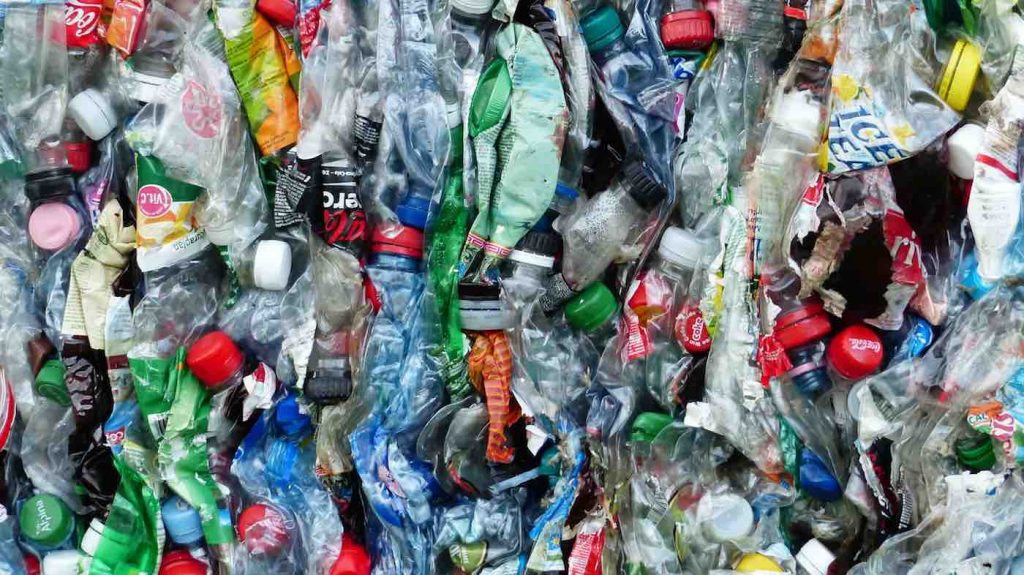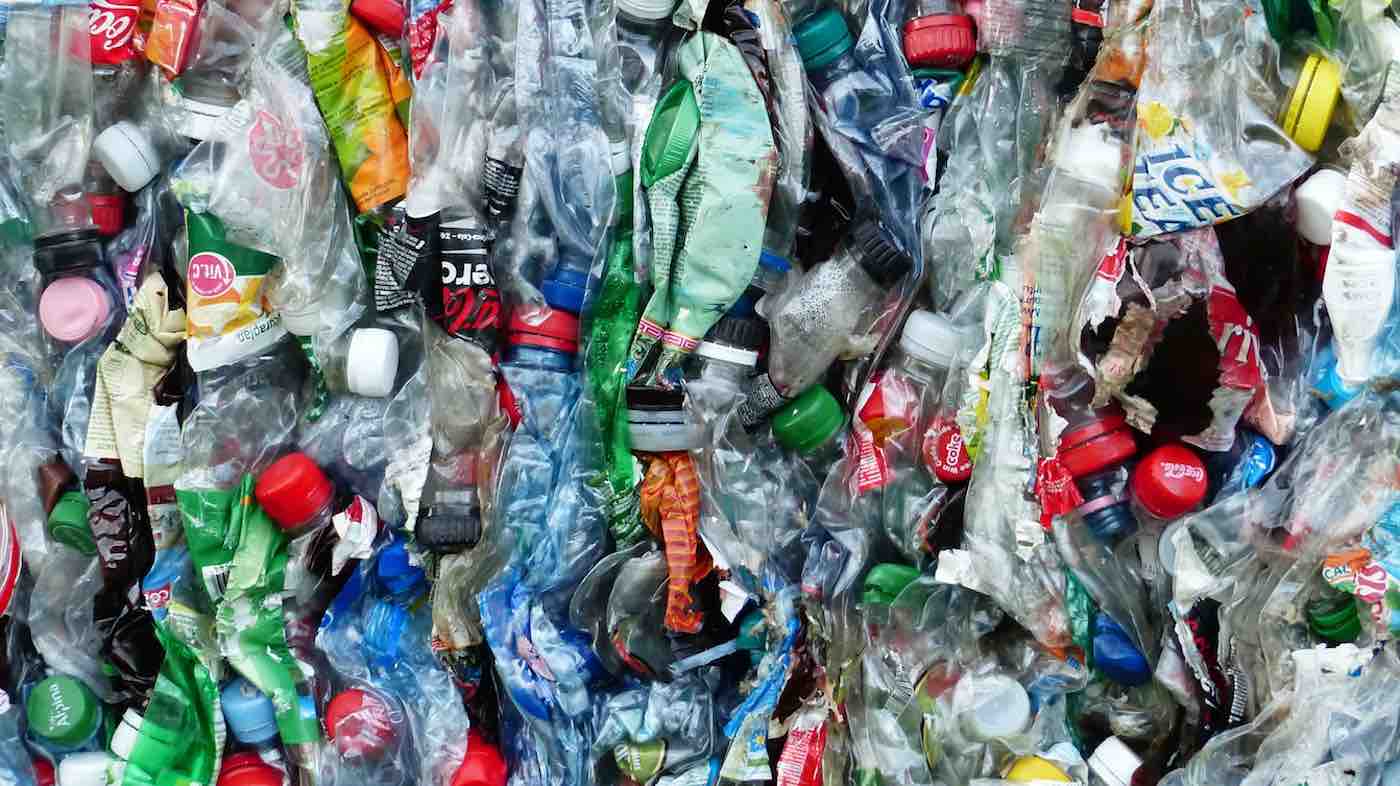Enzymes produced in the stomachs of certain bacteria found during several high-profile discoveries have been combined by English scientists to create a super enzyme, reducing the time it takes for these chemicals to depolymerize, or breakdown plastic from weeks into mere hours.

The new discovery would further triple this speed at which the plastic polymers are undone, providing a serious opportunity to win the fight against plastic pollution in the next few decades, as well as opening the door for scientists to create more synthetic enzymes targeted for specific kinds of plastics.
The field of organic enzymatic plastic recycling blew up during the second half of the 2010s, with Japanese scientists in 2016 discovering a bug that lived on plastic trash mounds which actually ate the material and disconnected the polymers of polyethylene terapthalate (PET), one of the most common plastics used in making water bottles and clothing.
Professor John McGeehan from the Center for Enzyme Innovation at the University of Portsmouth would, in 2018, create a superior version of it in his lab completely by accident, that sped up the depolymerization time significantly.
RELATED: New Factory That Uses Enzymes to Recycle All Plastics At Once Has the Backing of Major Corporations
Another breakthrough would come in April of this year from the University of Toulouse, where an enzyme extracted from composting leaves depolymerized PET in about 10 hours when heated to 70°C (158°F).
A French company Carbios would take this technology and lay the groundwork for a market application by 2024-2025.
Pushing the boundaries
Now McGeehan is responsible for another breakthrough in a crowded field. By combining PETase, the original enzyme based on the Japanese discovery, with MHETase, another one that converts the disconnected polymers to plastic monomers—a base material ready to be used for recycling—the resulting enzyme “cocktail” broke down plastics three times as fast, while simultaneously putting the plastic on the next step to being reused.
In order to understand how to conjoin them, McGeehan used the Diamond Light Source, a device that bombards molecules with intense beams of X-rays 10 billion times brighter than the sun, allowing the user to see individual atoms in a 3D structure.
This allowed the team to produce a detailed map of the MHETase enzyme, giving them the molecular blueprints to begin engineering a faster enzyme system.
CHECK OUT: New Family of Enzymes Could Transform Common Plant Waste into Fuel and Biodegradable Plastic
“Our first experiments showed that they did indeed work better together, so we decided to try to physically link them, like two Pac-men joined by a piece of string,” said McGeenhan in a statement.
“It took a great deal of work on both sides of the Atlantic, but it was worth the effort—we were delighted to see that our new chimeric enzyme is up to three times faster than the naturally evolved separate enzymes, opening new avenues for further improvements.”
Improvements might include adding further enzymes to breakdown natural material as well as plastics, such as natural/artificial blended fabrics, or take-away drink cups—the plastic lining inside of which often prevents the rest of the cup from being recycled.
RECYCLE The Good News And Share It With Your Friends On Social Media…




















